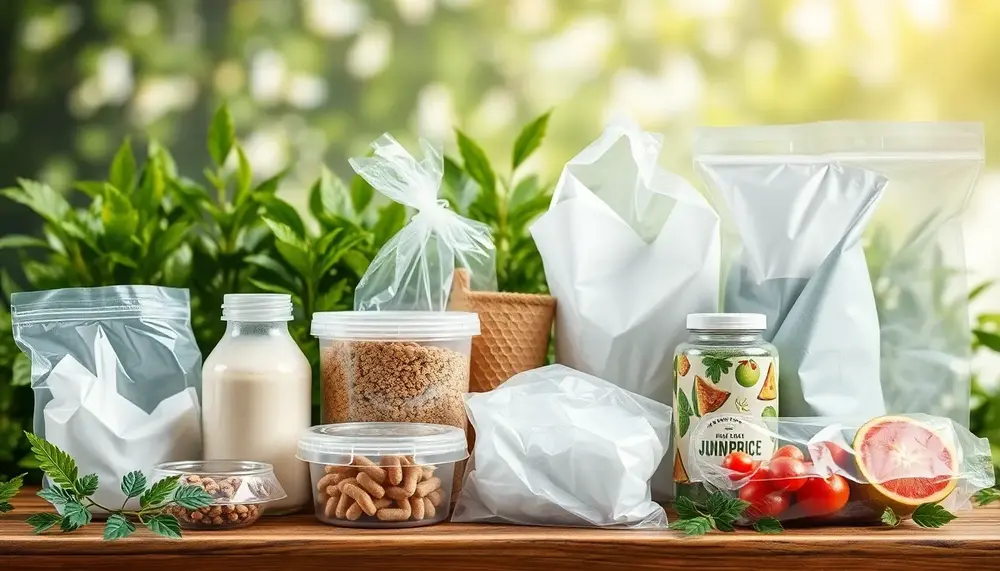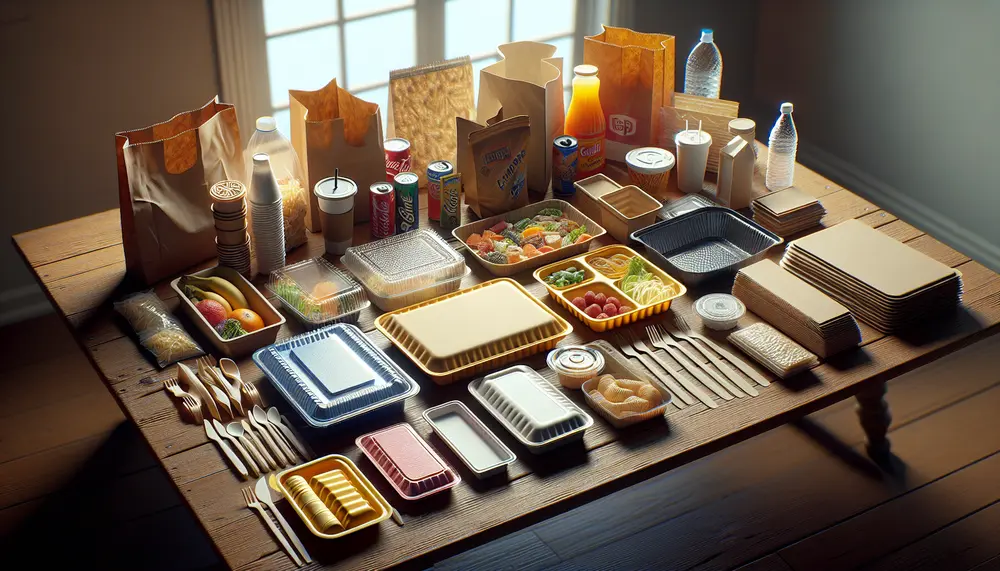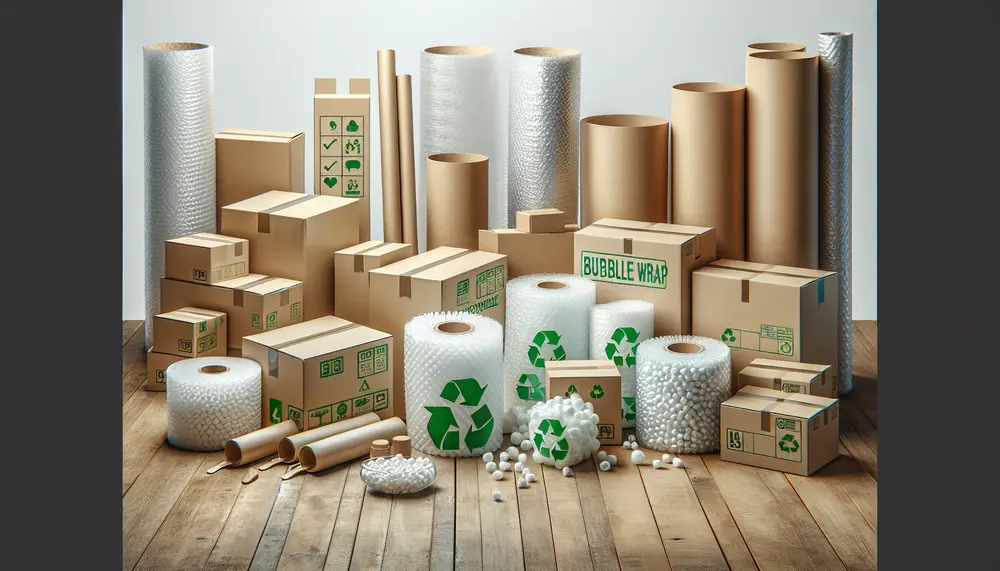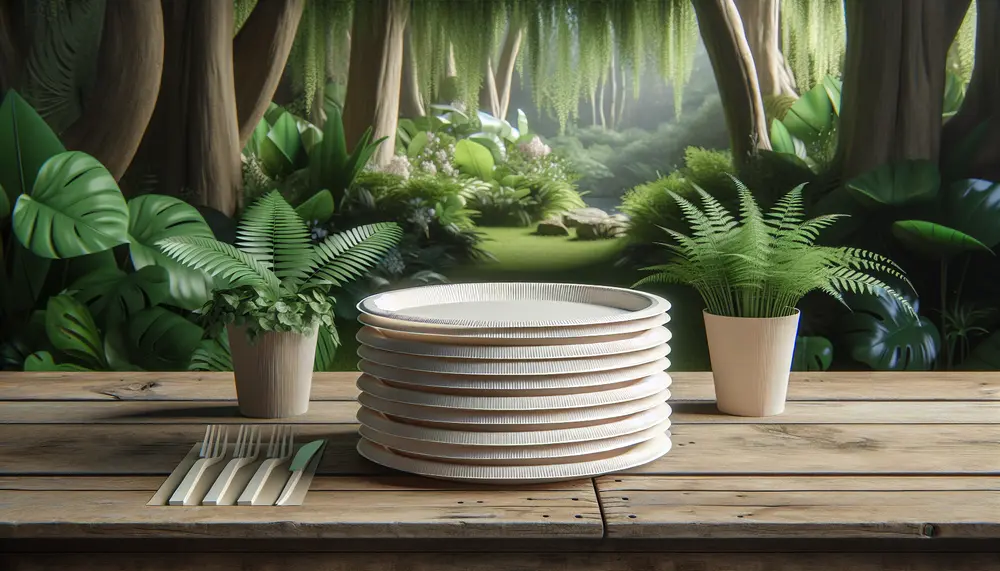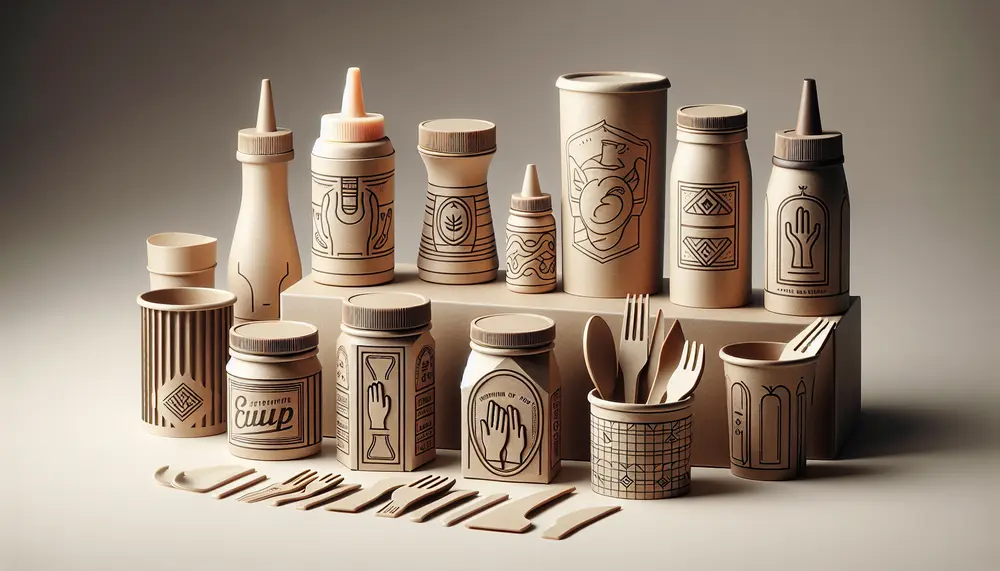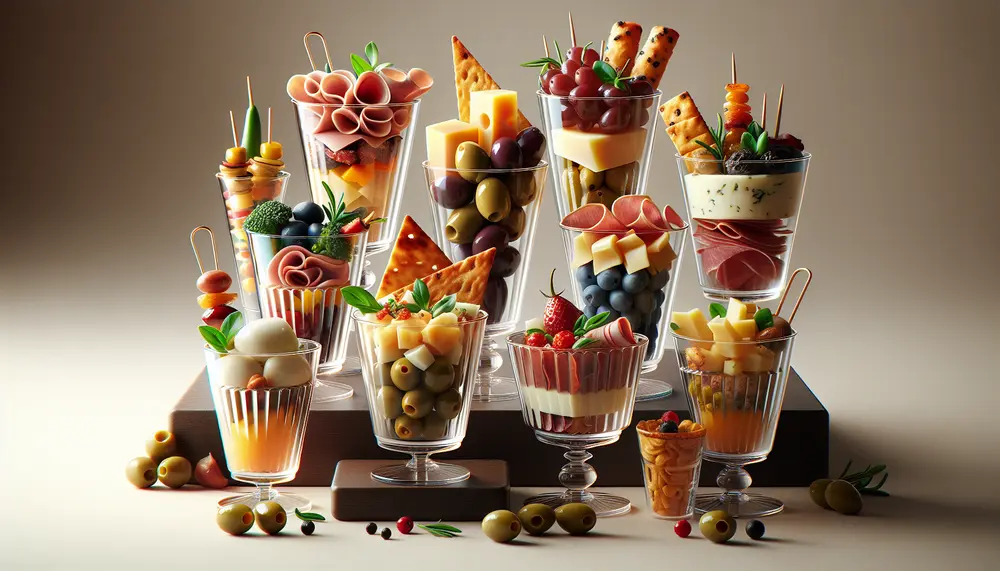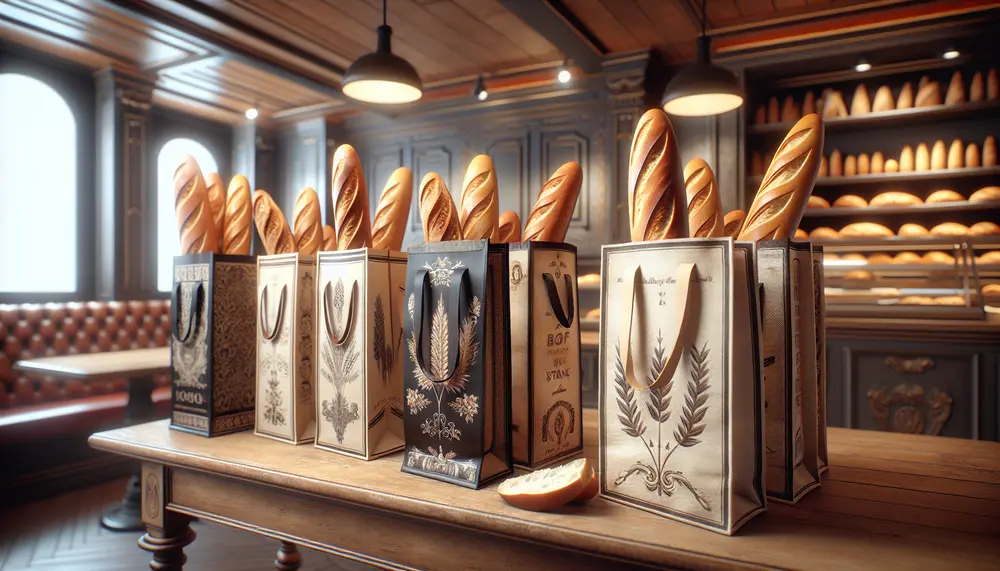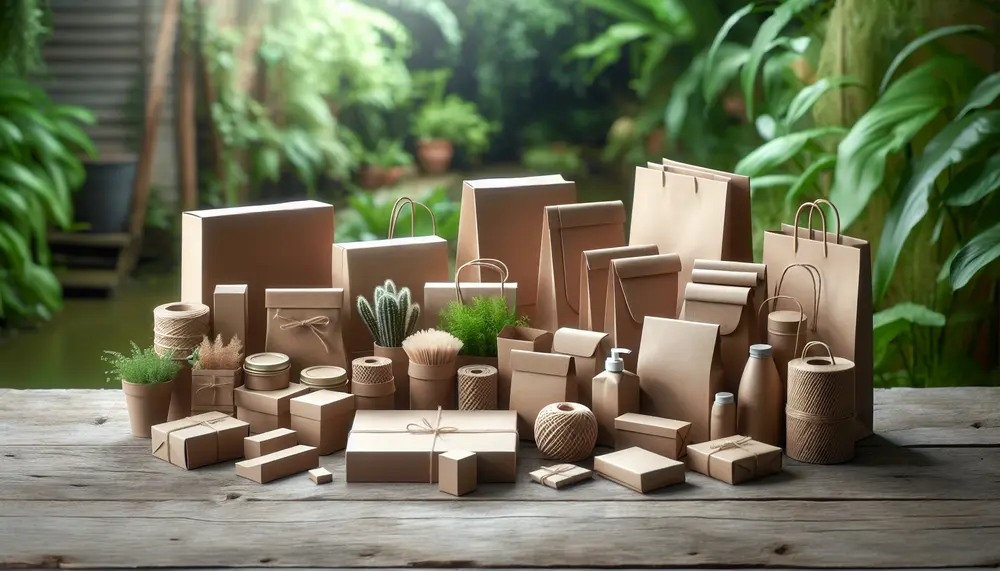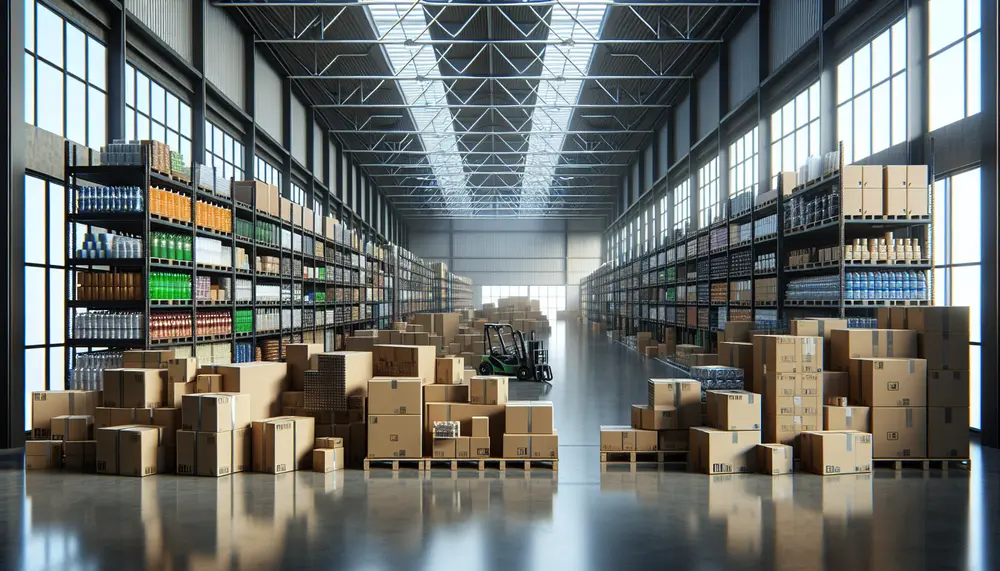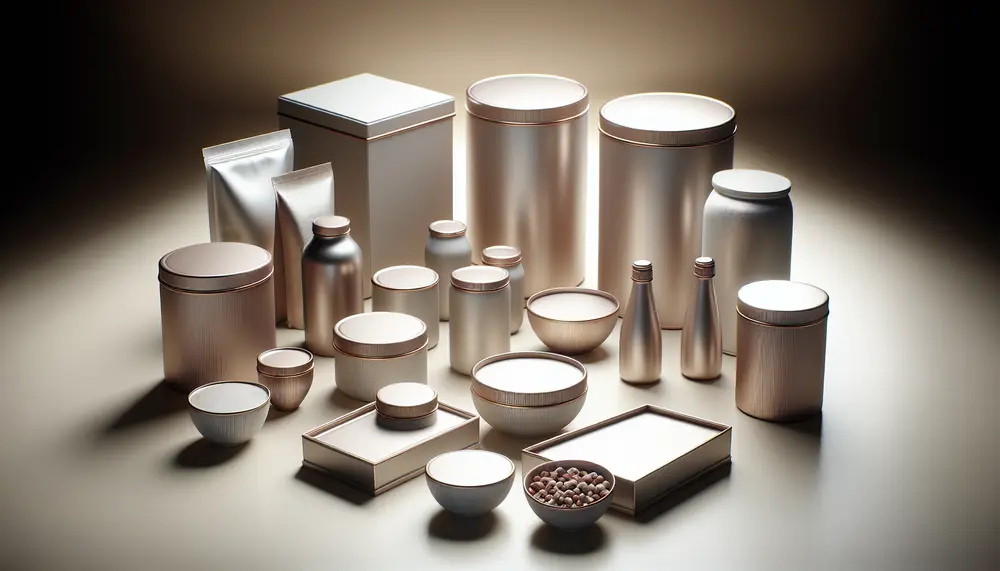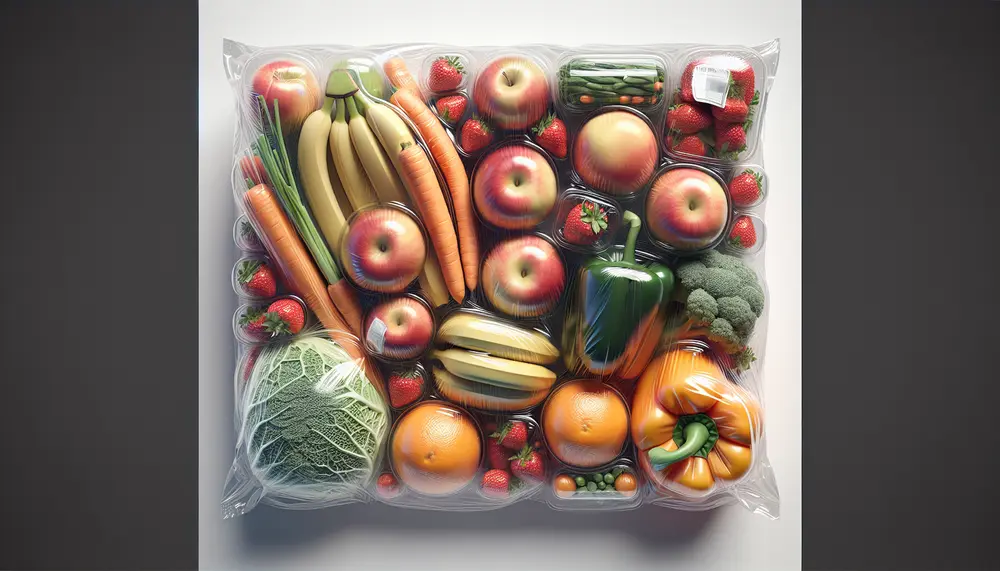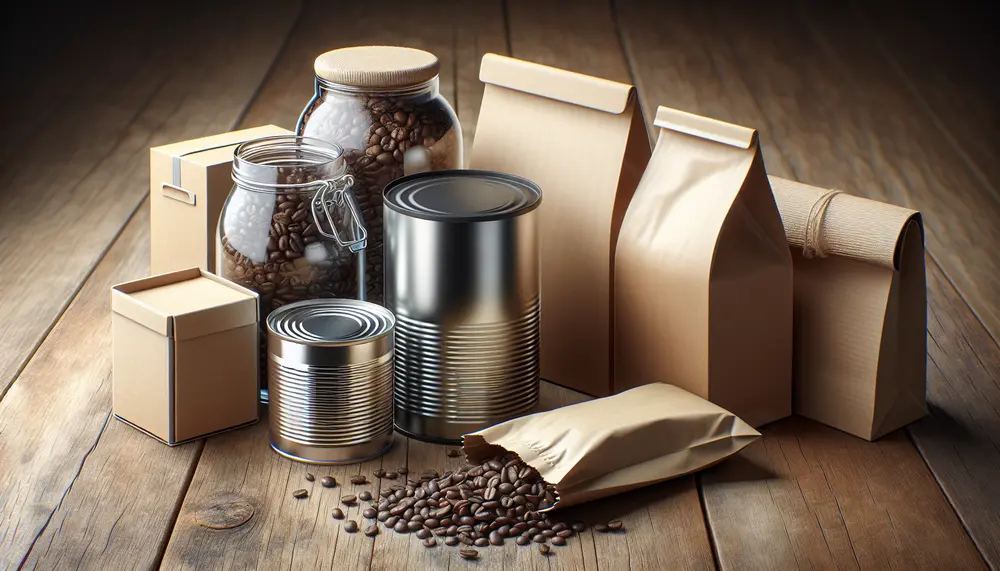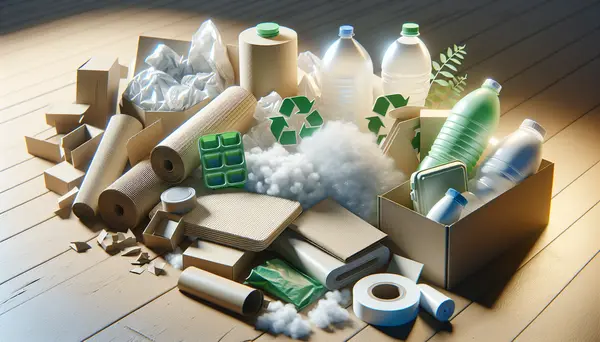Posts on the Topic Biodegradable
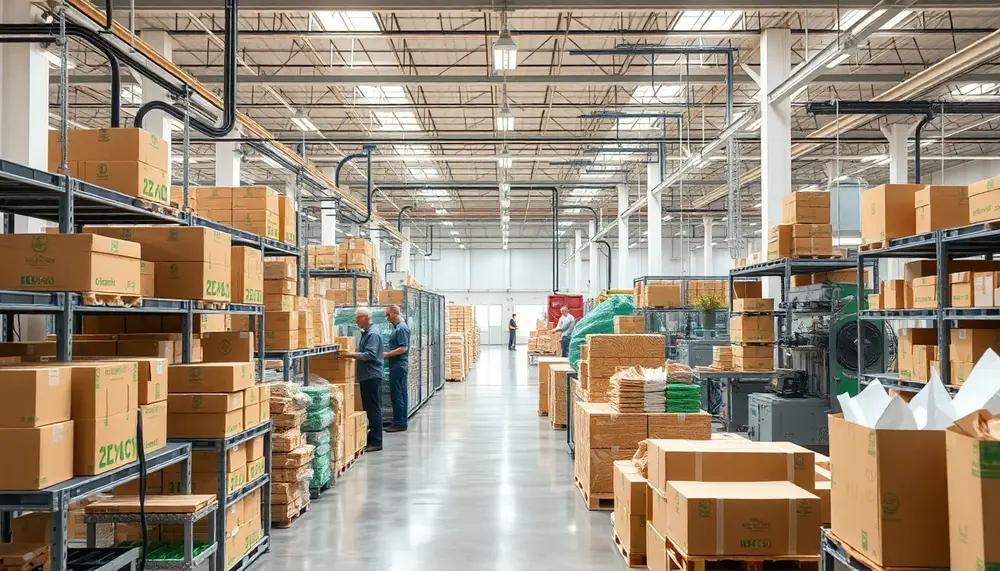
Understanding sustainable packaging is vital for businesses to minimize environmental impact and meet consumer demands, focusing on eco-friendly materials and practices. Key concepts include life cycle assessment, recyclability, and the circular economy, which guide companies in selecting suitable materials while...

A well-structured Slideshare on packaging materials should use a clear narrative, visual comparisons, and actionable insights to guide viewers in choosing the right material. Each type—glass, metal, plastic, paper/board, composites, or biodegradable options—has unique strengths and weaknesses best matched to...
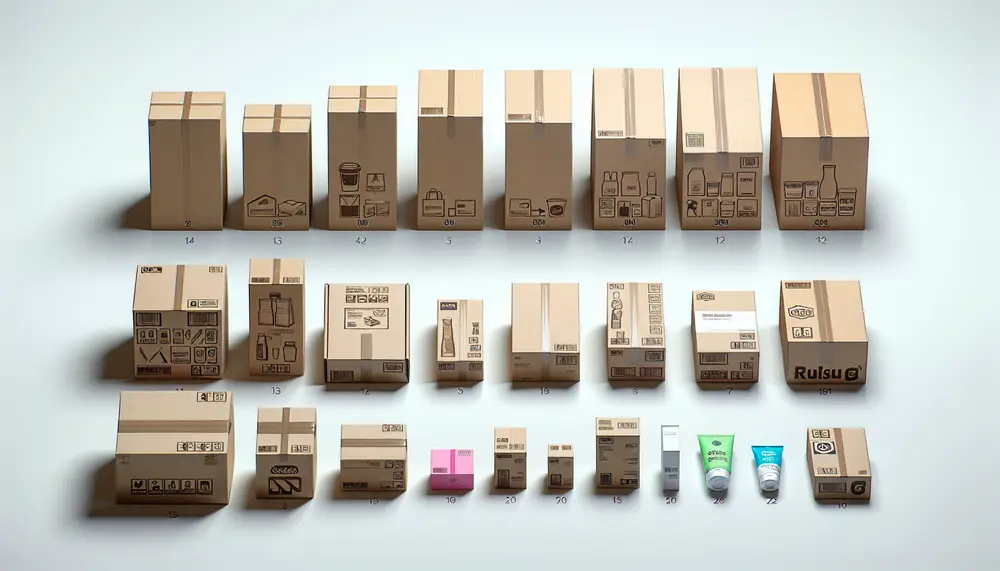
Product packaging is essential for protection, marketing, and providing consumer information; it influences brand perception and purchase decisions through design elements like color schemes. The design process involves research, feedback, prototyping, and technical considerations to ensure functionality and appeal. Choosing packaging...
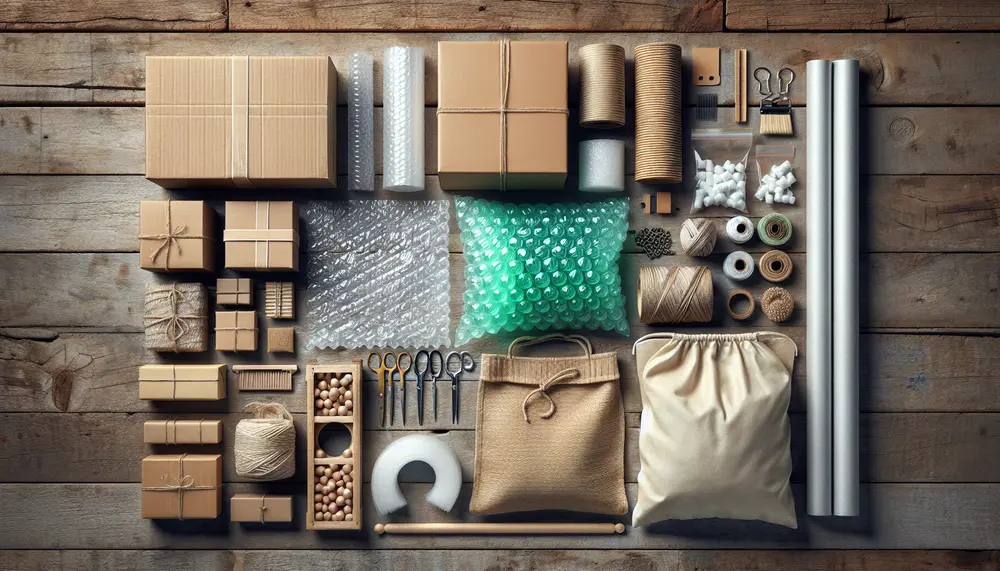
Packaging materials range from traditional paper and glass to modern bioplastics, each with unique properties affecting product safety, cost-effectiveness, and environmental impact. Selecting the right packaging is crucial for brand identity, customer satisfaction, and sustainability; factors like protection needs, branding...
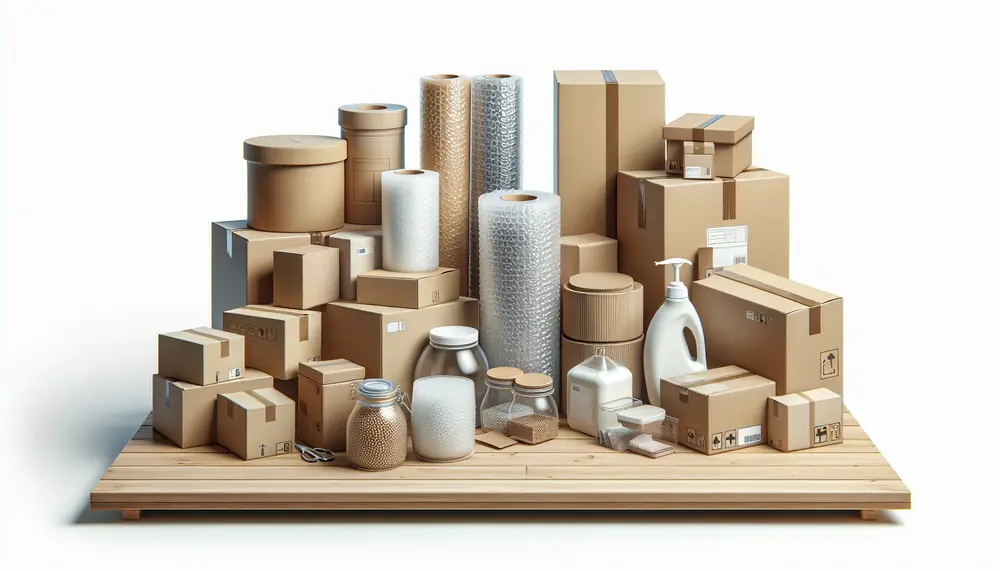
Understanding the basics of packaging is essential for product protection, presentation, and meeting legal standards. It involves considering physical characteristics, user experience, and regulatory compliance to create effective solutions. Different types of packaging materials serve various functions and have distinct environmental...
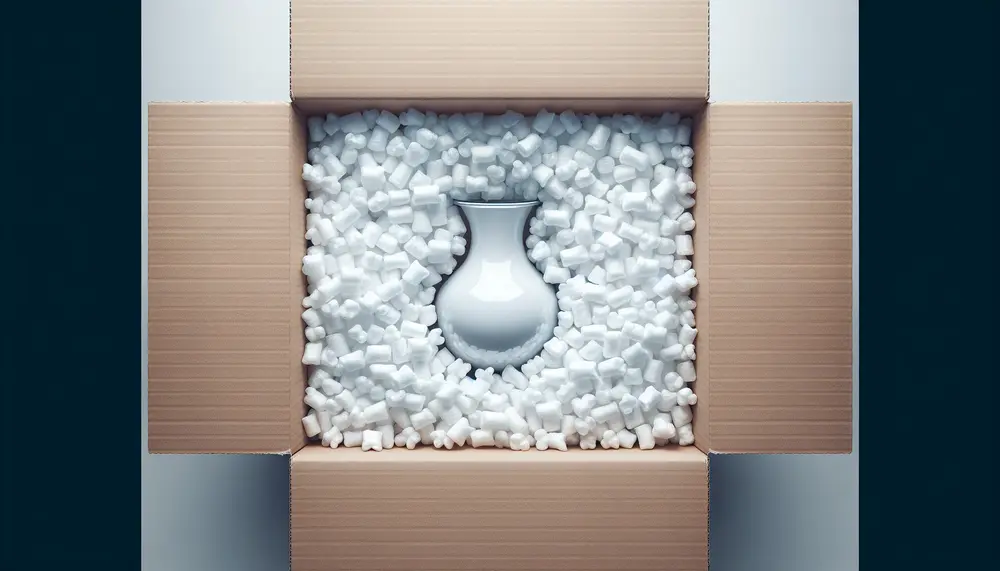
Packing peanuts are used in packaging to fill empty spaces, prevent movement, and absorb shocks during shipping. They come in various materials including Styrofoam and eco-friendly options like biodegradable starch-based peanuts, with TOTALPACK® offering high-grade reusable types. The environmental impact of...
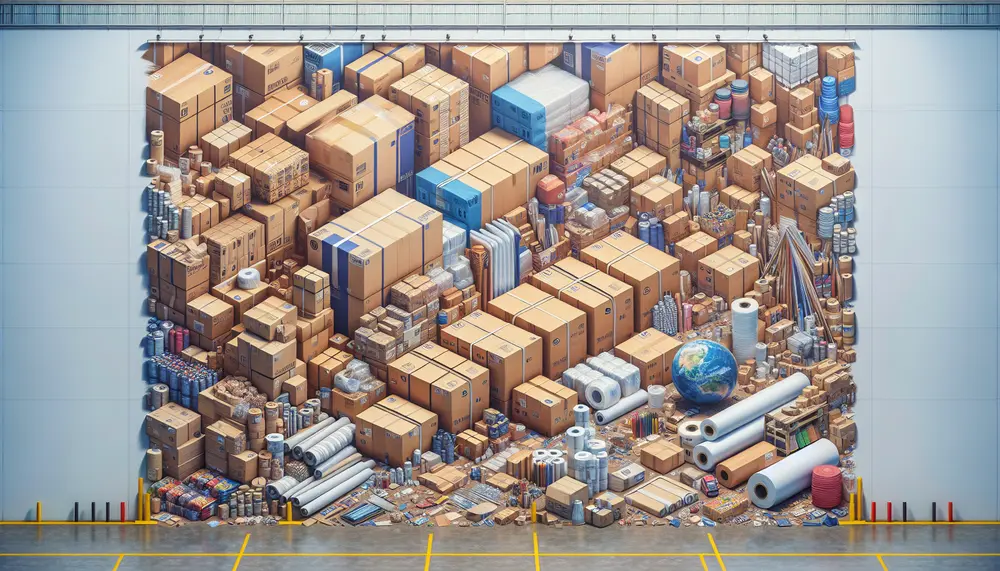
Uruguay's packaging industry is thriving with innovation and sustainability, offering diverse solutions to meet global demands while contributing significantly to the nation's economy. The sector faces challenges such as raw material limitations but benefits from strategic location and government support. Key...

Plastic cutlery has become popular due to its convenience, improved aesthetics, and cost-effectiveness for various events. Environmental concerns have led to innovations like biodegradable options and recycling efforts in the industry. Choosing quality plastic cutlery involves considering durability, style appropriate for...
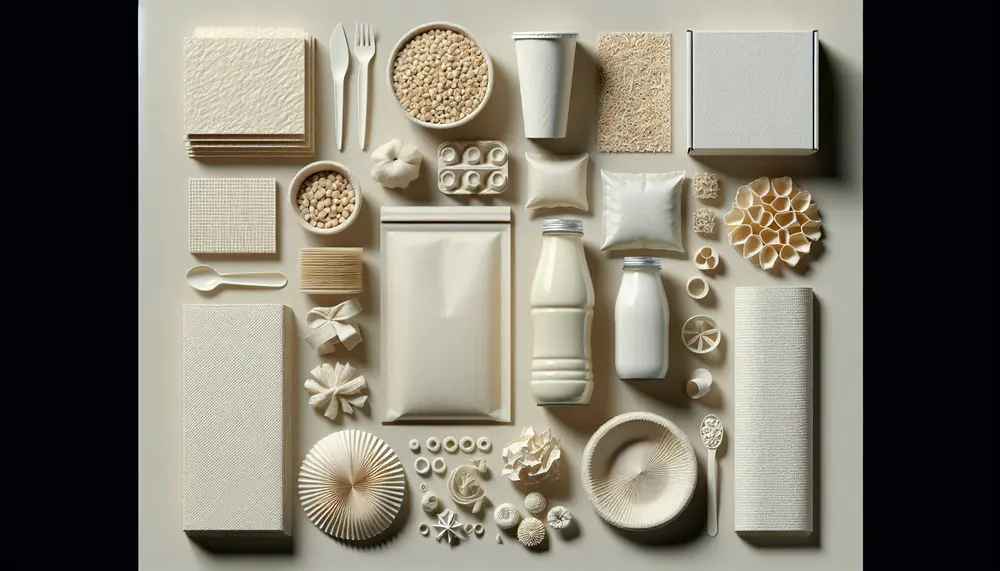
Cornstarch is a biodegradable, eco-friendly alternative to traditional packaging materials, offering similar functionalities with less environmental impact. It's used in various industries for products like containers and bags, reduces reliance on fossil fuels, and supports climate change efforts by emitting...
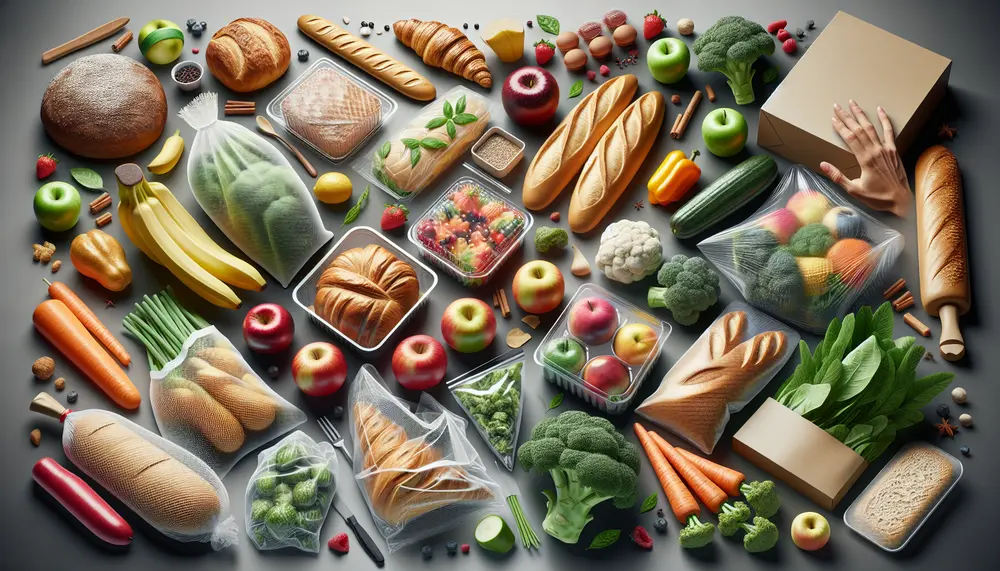
Food packaging is essential for protecting food, extending shelf life, and maintaining quality from production to consumption. It must meet safety standards, provide consumer information, facilitate transportation, enhance marketability, and support sustainability efforts. Innovative food packaging solutions address demands for convenience...
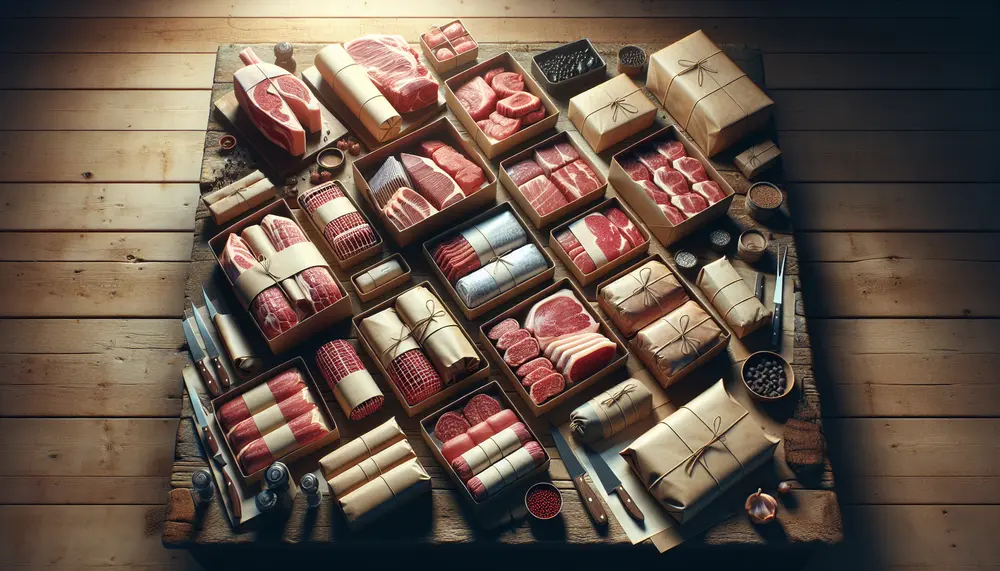
Butcher packaging essentials are vital for meat preservation, presentation, and customer trust; they involve selecting suitable materials, proper labeling, and adhering to regulatory standards. Butcher paper and twine play traditional roles in preserving meat quality while enhancing its market appeal....
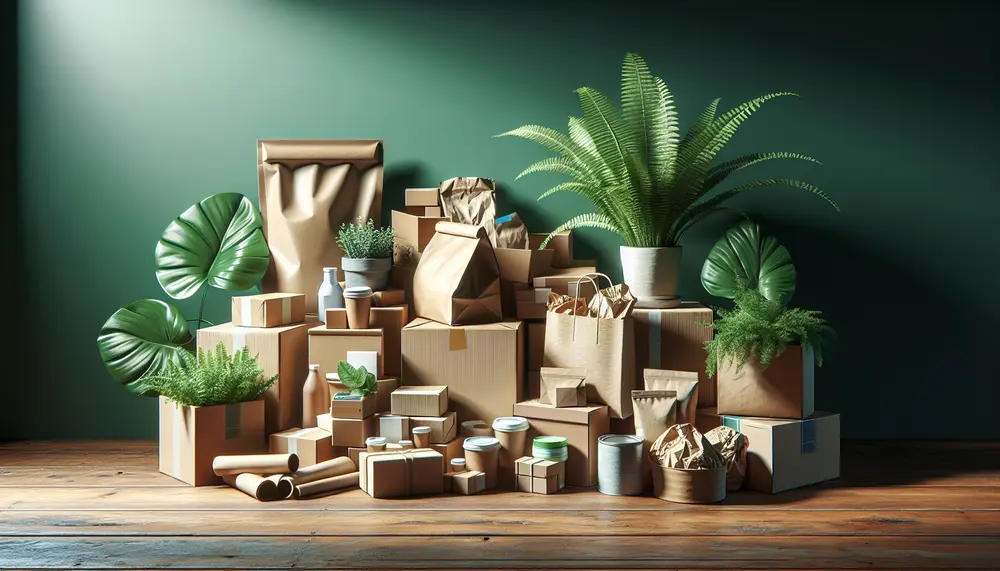
Sustainable packaging minimizes environmental impact through eco-friendly, efficient, and recyclable materials. It addresses pollution concerns, meets consumer demands for green practices, and provides competitive advantages to companies. The evolution of eco-friendly packaging has progressed from reducing material use to introducing biodegradable...
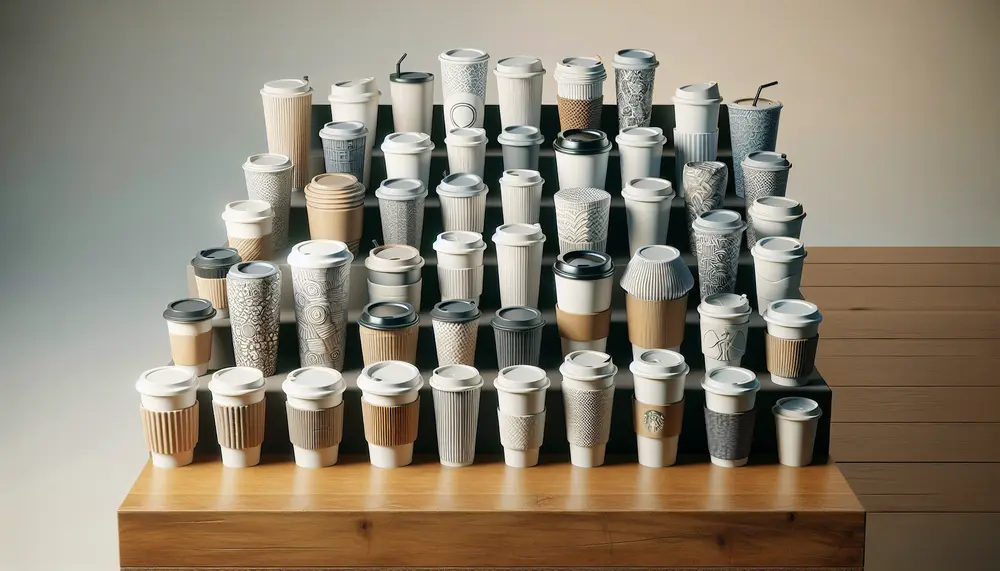
Modern coffee cups have evolved into a blend of design, utility, and culture with innovative materials for enhanced user experience and environmental consciousness. The market now emphasizes customization, style, and functionality as lifestyle accessories. Advancements in modern coffee cup designs integrate...
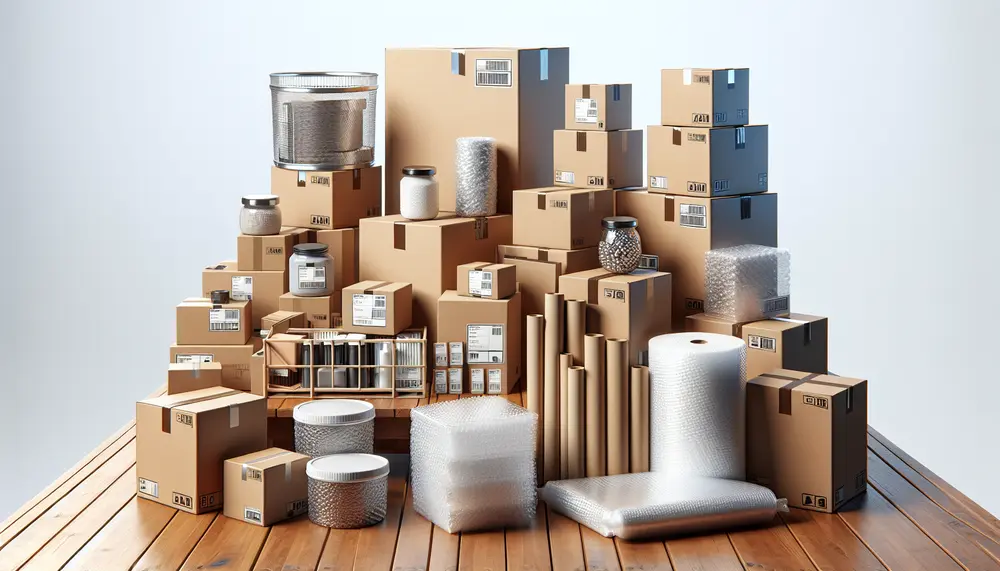
Packaging materials are essential for protecting goods from manufacturer to consumer, serving as protection and marketing tools. Different levels of packaging—from primary to auxiliary—along with factors like cost and environmental impact guide material selection, while advancements in technology offer a...

Packaging materials are essential for product protection, quality preservation, and shelf life extension across industries; they must balance protection with presentation and logistics efficiency. The food industry uses diverse packaging types like plastics, biodegradables, glass, metals, paper-based solutions to meet...
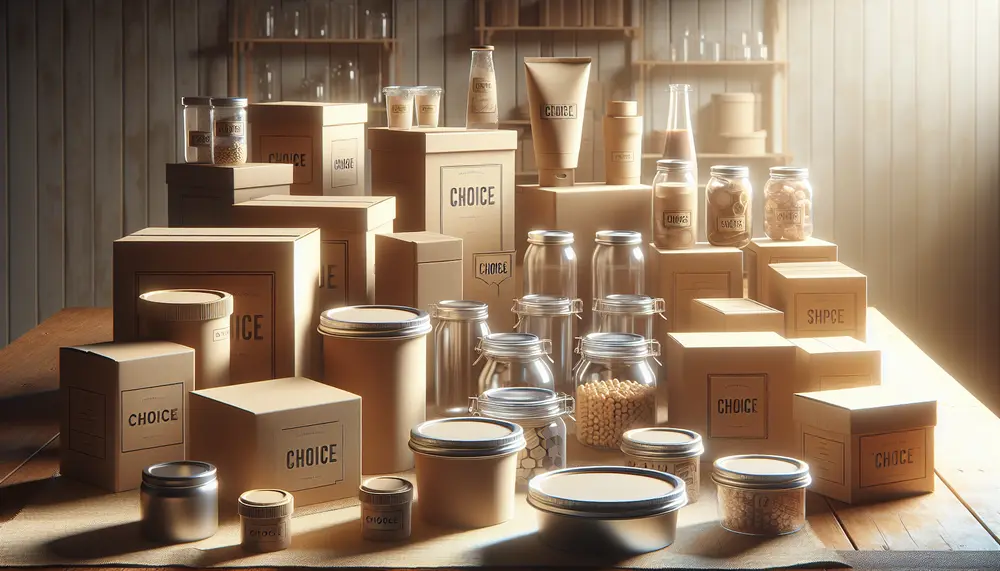
Selecting the right packaging for desserts is crucial as it affects freshness, safety, customer experience, and environmental impact. The three main materials—plastic, paper (cardboard), and aluminum—each have their benefits and drawbacks concerning durability, visibility, branding potential, sustainability concerns, and protection...

